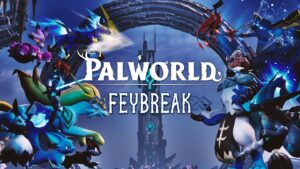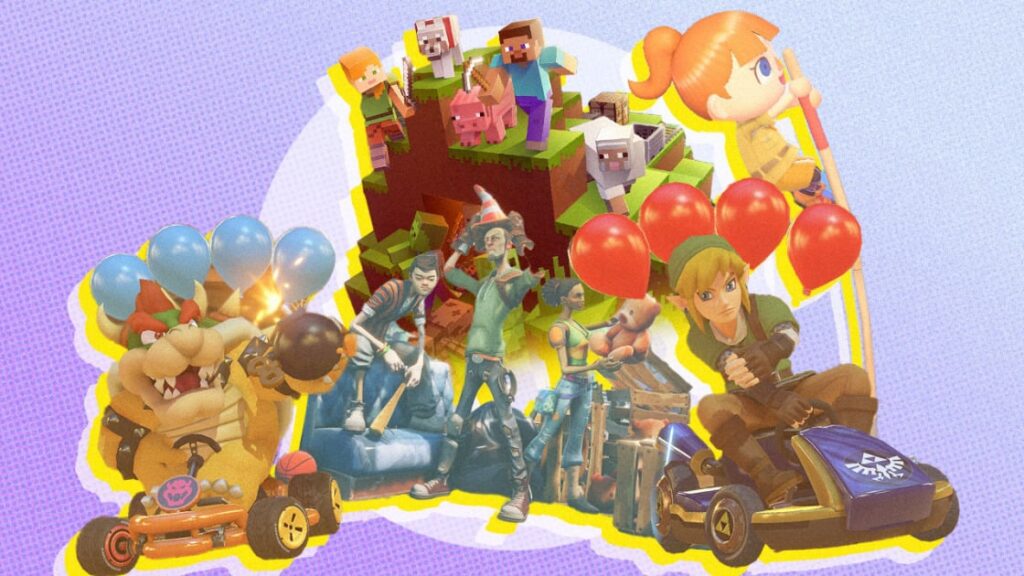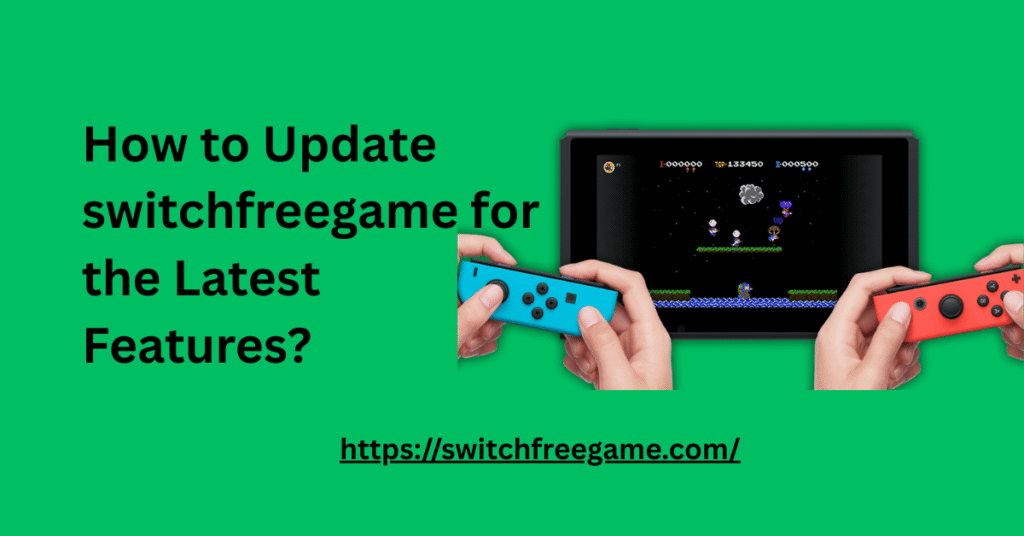1. Background: How we got here
In mid-January 2024, Palworld developed by Japanese studio Pocketpair Inc. launched and quickly gained attention for its hybrid of survival mechanics and creature collecting. The game was often likened to a “Pokémon with guns” type of experience.
Shortly after its emergence, the Pokémon Company put out a statement indicating it was investigating potential IP concerns.
Then, on 19 September 2024, Nintendo and the Pokémon Company filed a lawsuit in Tokyo District Court accusing Pocketpair of infringing several patents including mechanics around the capture, summoning, and riding of creatures. The suit requested an injunction and damages.
2. What exactly is being claimed?
The core of the legal action concerns patent rights, not just brand or copyright issues. To break it down:
- Nintendo claims that certain gameplay mechanics in Palworld mirror patented systems. For example: throwing a device to summon a creature and then using that creature in combat or having a player ride or mount a creature.
- Further, Nintendo has since filed additional patents in the U.S., such as US Patent No. 12,403,397 which covers a system where a player character summons a “sub-character” (like a Pokémon or “Pal”) into a field to engage with an enemy.
- Pocketpair and its supporters argue that many of these mechanics pre-exist in other games or mods (prior art) and thus argue the patents shouldn’t be enforceable in the way Nintendo proposes.
3. Major developments & updates
Several significant updates have taken place since the filing of the lawsuit:
A) Feature changes in Palworld
- Because of the legal pressure, Pocketpair announced it had to remove certain features to avoid disruption. In a November 30, 2024 patch (v0.3.11), the “Pal Sphere” mechanic (throwing a ball-device to summon a Pal) was removed and replaced with a different summoning system.
- The studio also stated that additional gameplay mechanics (e.g., gliding with creatures) would be altered in upcoming updates.
- Fans weighed in: many defended the developers, arguing the mechanics are too generic to be patented, while others sided with Nintendo’s stance on IP protection.
B) Nintendo’s patent filings and strategic positioning
- Amid the litigation, Nintendo has secured further patents including one around “smooth switching of riding objects” in games and the aforementioned summoning patent. These filings have been seen as expanding the scope of what Nintendo sees as protectable game mechanics.
- The company also argued in court that game mods should not count as prior art this has alarmed many in the gaming community as a potentially precedent-setting stance.
C) Progress of the lawsuit and timelines
- As of now (October 2025), the lawsuit is still ongoing; no final judgment has been publicly announced.
- Meanwhile, Palworld’s developer continues its roadmap: the full “1.0” version of Palworld is planned for release in 2026 despite the legal cloud.
4. Why this matters (for developers, gamers & the industry)
For game developers
This case signals that major players are increasingly willing to assert patents over broader game mechanics not just branding or character likeness. It warns smaller studios that even generic-seeming mechanics may fall into litigation risk zones.
For gamers
Mechanics that feel “standard” (e.g., capturing creatures, mounting creatures) may begin to get reshaped or removed in games depending on legal pressures. Palworld players are already seeing changes triggered by the litigation.
For the industry and innovation
The broader implications are significant:
- If mods and prior art are discounted by courts, what counts as “new” or “novel” in game mechanics becomes murky. Some fear this could stifle innovation or punish iterative creative work.
- The case could create a precedent where large firms broadly patent even loosely defined mechanics and aggressively enforce them, potentially chilling smaller studios.
5. What’s next? What to watch for
As we look ahead, here are key things to monitor:
- Court ruling: The Tokyo District Court ruling (or related settlement) will be pivotal. The outcome could dictate how enforceable these mechanics-based patents are.
- Global spillover: While the case is in Japan, Nintendo’s U.S. patents mean there could be parallel or follow-on action in other territories.
- Game design impact: Will future creature-collector or survival games avoid certain mechanics? Will developers alter or remove features pre-emptively to avoid risk?
- Modding & prior art definitions: Will courts recognise mods and community creations as prior art? The answer could redefine the relationship between IP holders and games communities.
- Palworld’s evolution: How does Pocketpair adapt going forward? Will feature removals impact player sentiment or retention?
6. Balanced perspective: Arguments on both sides
Nintendo / Plaintiffs’ view:
- They argue the mechanics in question are sufficiently novel, patented, and implemented in Palworld without licence.
- They claim that allowing unrestricted use of such mechanics would undermine their IP and allow copy-cats to replicate their business model easily.
- They maintain that mods (when built on someone else’s game) don’t necessarily count as prior art or legitimate original reference.
Pocketpair / Critics’ view:
- They and many fans argue the mechanics (capture + creature battle, mounting creatures) are generic game design tropes that pre-existed numerous titles—and thus shouldn’t be monopolised by patents.
- The legal burden may be heavier on smaller devs who cannot easily absorb risk or legal fees.
- The fear is that the case opens the door for large companies to overreach on game mechanics and suppress creativity or indie competition.
7. What it means for you as a player
If you’re playing Palworld (or considering it):
- Be aware that mechanics you enjoy now may change some features are already adapted.
- Keep an eye on announcements from Pocketpair regarding patches or revisions tied to the lawsuit.
- If you’re following the creature-collection genre more widely, observe how future games might shift or avoid certain mechanics that fall in this legal grey-zone.
Final thoughts
In a way, the Nintendo vs Palworld case represents a turning point in how game mechanics are viewed legally. It’s no longer just about character likeness or branding it’s about systems.
While the full ramifications won’t be clear until the final outcome, developers and players alike should pay attention: the industry may be heading into a phase where mechanics that were once freely used become more guarded.
For now, Pocketpair continues development; Nintendo continues to assert its IP rights; and we watch to see which way the legal tide turns.



